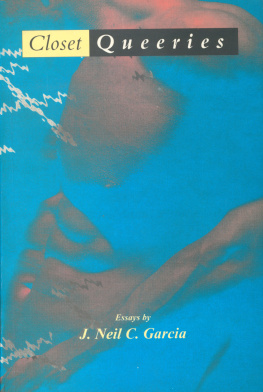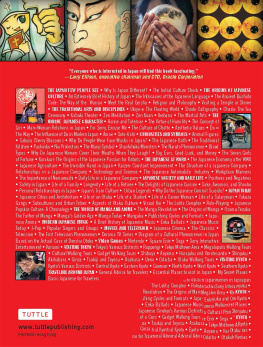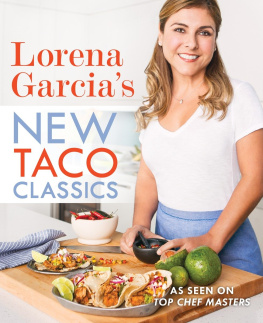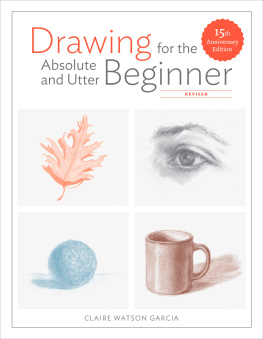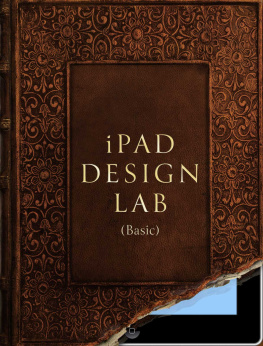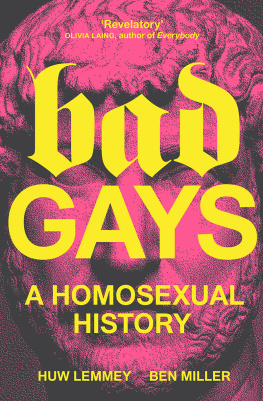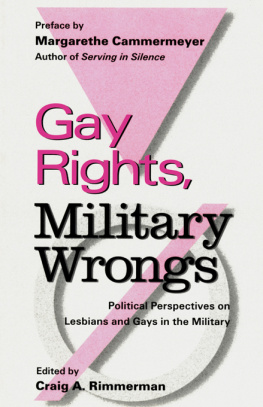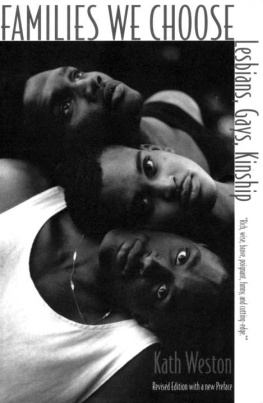Also by J. Neil C. Garcia:
Poetry:
Closet Quivers
Our Lady of the Carnival
Criticism:
Philippine Gay Culture: the Last Thirty Years
Anthologies:
Ladlad and Ladlad 2: An Anthology of Philippine Gay
Writing (edited with Danton Remoto)
Essays by J. Neil C. Garcia

Closet Queeries
J. Neil C. Garcia
Copyright to this digital edition 1997 by J. NEIL C. GARCIA
All rights reserved.
No part of this book may be reproduced
in any form or by any means
without the written permission
of the author and publisher.
Published and exclusively distributed by
ANVIL PUBLISHING, INC.
7th Floor, Quad Alpha Centrum
125 Pioneer Street, Mandaluyong City
1550 Philippines
Sales & Marketing: (632) 4774752, 4774755 to 57
Fax: (632) 7471622
www.anvilpublishing.com
ISBN 9789712733550 (e-book)
Cover and book design by digital ek.
E-book formatting by Arvyn Cerezo.
Version 1.0.1
Acknowledgments
I VE DEPENDED FOR the writing of this book on the irreplaceable help of certain dear people:
Francis L. Martinez and Ronald Baytan, who pinch-hit for me and lent their beauty and wit to Gayzette;
Krip Yuson, who hired me and thus gave me my first and most probably last job as a columnist, and Arnold Azurin, who warmed him to the otherwise unthinkable idea;
Bimboy Pearanda, who made things a little easier for me at the paper;
Alman Quiboquibo, Joy Cruz and Robert Baytan, who contributed articles to Gayzette;
Jing Hidalgo, Jimmy Abad, Butch Dalisay and Charlson Ong, fellow-columnists, colleagues and friends at the UP Creative Writing Center;
Thelma San Juan, for putting out some of these essays in the Lifestyle Section of the Philippine Daily Inquirer;
And Anvils Karina Bolasco, for letting this book see the light of queer day.
For my lifes one Constant Thing
and for Family
Contents
Orlando Nadress
Hanggang dito na lamang
and the question of gay identity
T HIS BOOK GATHERS together the columns I wrote for the late and much lamented Evening Paper, along with a few odd pieces of reviews and one lecture. As such, they represent the clearest that I most likely will ever get as far as my writing style is concerned. Readers who found their senses virtually assaulted by the tortuous prose of my earlier work of criticism, Philippine Gay Culture, will probably be heaving a sigh of relief with Closet Queeries, for in these pages one readily notices an airiness that admittedly was lacking in that obviously denser and more academically oriented book.
I must say that I exerted not a small amount of effort to write these columns, and I can only presume that sometimes the effort showed. While I was happy to make the shift from the language of academic theory to journalese, I was also, to be honest, a bit disheartened by the fact that the standard of what clarity in writing is in our time has come to be solely journalistic, and deviations from this norm are readily dismissed, by the public at large, as incomprehensible babble. Obviously, there are different kinds of clarityas there are different kinds of opacityand the language of theory is necessarily difficult only because theory and the world it wishes to explain are difficult.
In any case, I believe I have not compromised the idea (which is what theory is, really) I wanted to put across to my readers, but simply modulated its articulation, with these essays. If my guess is right, the more regular and sensitive readers of Closet Queeries most probably had become, after some time, increasingly familiarized with and thus less resistant to certain toughnesses of thought and phraseology, and these, taken together, hopefully crystallized into something beautiful and memorable in their minds, which was really what I wanted done all along. With Closet Queeries, I believed I could scale the babels of academic discourse at the same time that I sounded like I was merely writing journalism, and if I was being deluded then at least I have actually produced something, in the end: all thirty fabulously mongrelized pieces of it!
This book has five parts, which is really a random number, come to think, as is the logic that underlies each of these divisions. Queer pedagogies is about my experience as a teacher of Gay Literature at the University of the Philippines. It details the kinds of passions and trajectories of knowledge and wit that Ive needed to bring to my classroom in order to make more appetizing the whole idea of studying the peculiar, painful but ultimately rewarding body of homosexual writings coming from all over the world.
Queer geographies contains what I must say are early attempts at writing the travel essay. Each of the pieces in this section ends with what is relatively the same insight concerning the act of describing a place: paraphrasing the poet Mark Doty, all description is nothing if not encoded desire. In the third section, Truth-tellings, Ive taken all the liberties that columnists often take: to talk shamelessly about oneself. These essays are rememberings, mostly, but they also express some sort of futurity, especially where the question of human happiness is concerned. I never really say it in any of these pieces, but I believe that question (as Ben Okri surmises in Astonishing the gods) should never be raised while one is still of this world.
Queer readings is precisely that: deviant and dissident acts of attention and interpretation. Here, I put texts of both the literary and everyday kind, under a decidedly queer and pinky-colored magnifying glass, determined to expose what lies hidden under the most gleaming and magnificent of surfaces (very often, something dark and ugly). And finally, in Queering the pitch, I raise my voice to a shrill and squealing falsetto, for in these essays I wrestle with the burning issues of the day. With this last section, I hope to register a number of specific demurrals against the many insulting ways Philippine society always manages to handle the question of its own oppressiveness. In these pieces, I make known my stand on the issues of gays in the military, sexual exploitation in local showbusiness, globalization, among others.
Why closet and why queeries? In pondering the title of my column for the Evening Papers gay page, Gayzette, I wanted something jazzy and strange, and yet also acute and meaningful. The phrase Closet Queeries came to me completely unexpectedly one moonlit evening, in the way titles of many books probably do. I guess, ultimately, these essays really are closet queeries, which is to say, queer queries that one secretlyinside the closet of ones heart and mindwishes to ask and have answered.
And although these essays can only offer what are really just provisional if not tentative answers, the important thing, I suppose, is that one has asked at all.
| J. Neil C. Garcia |
| 21 May 1997 |
| Kamias, Quezon City |

